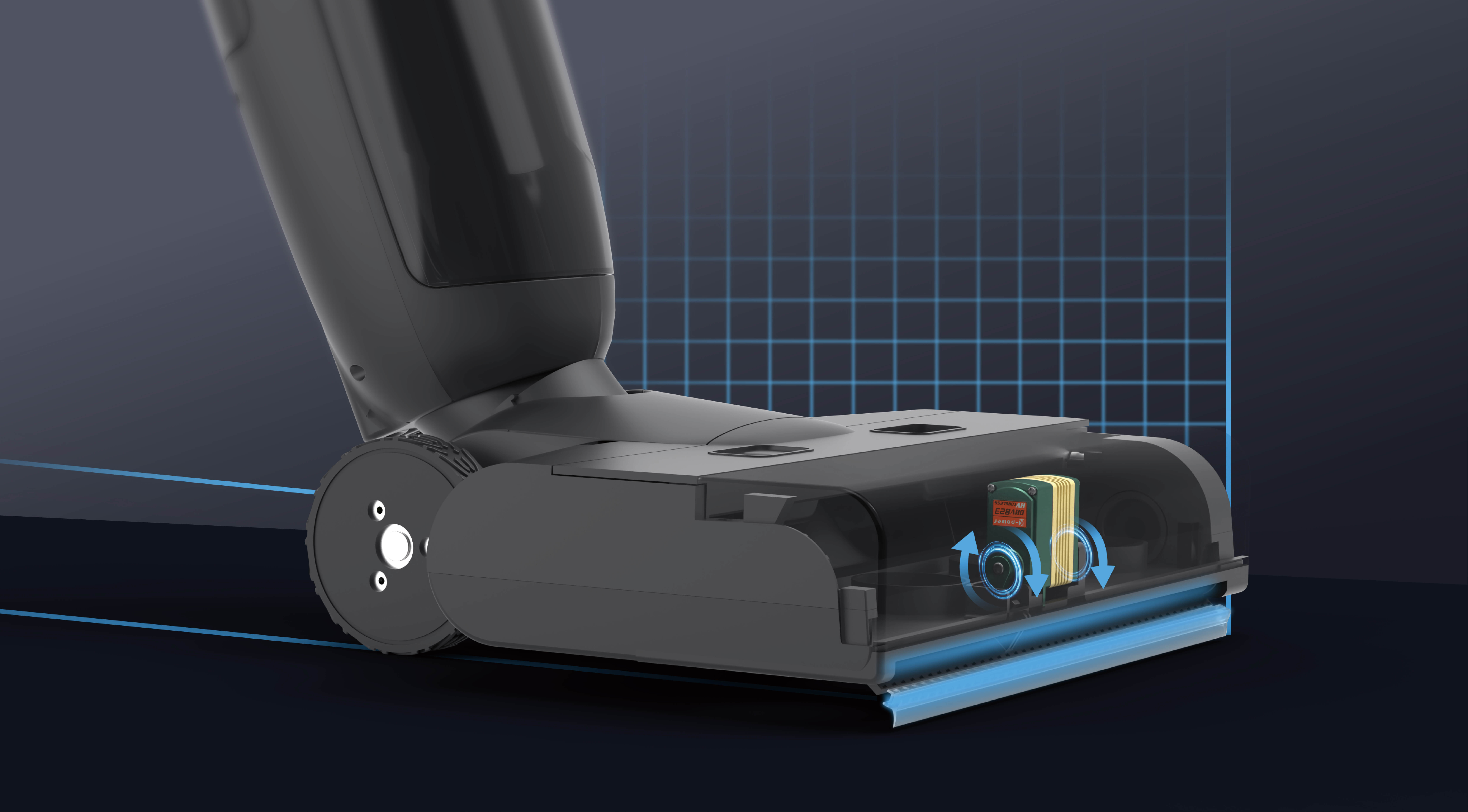Ever wondered how those precise robotic arms or automated conveyor belts stay so smooth? It’s often down to one unsung hero: the control techniques for servo motors. When you’re diving into this world, especially browsing a catalog packed with servo motor control methods, it’s like stepping into a treasure trove of engineering finesse. You see, controlling a servo motor isn’t just flicking a switch—it’s a dance of signals, feedback loops, and smart algorithms.

Imagine this scenario: You want a conveyor belt to start, speed up, and then slow down seamlessly—no jerks, no erratic stops. That’s where the magic of advanced control techniques shines. Techniques like PID control, vector control, or even the latest in sensorless control, make all the difference. They keep everything running smoothly, reducing vibration, overhead, and energy waste, while at the same time boosting accuracy. It’s nearly like having a conductor guiding each instrument in an orchestra.
Now, some might ask, “Why does choosing the right control method matter?” Think about it—if you pick an overly simplistic approach, you’re risking instability or sluggish response. On the other hand, overly complex solutions might add cost without added benefit. Striking that sweet spot means understanding your specific needs—speed, torque, load variation—and matching it with a control technique that’s optimized. That’s why a good catalog doesn’t just list specs; it provides insights into how each control approach works in real-world scenarios.
Take a moment to consider the impact on manufacturing. When control techniques are finely tuned, machinery becomes more reliable and maintenance needs decrease. Plus, energy consumption drops—saving money on power bills and reducing environmental impact. It’s an all-around win, really, when a control method is calibrated to perfection.
Are you curious about how these control techniques can be integrated into your project? Sometimes, it’s about understanding the feedback loop: sensors detect the motor’s position or speed, the control algorithm adjusts the energy sent, and the cycle repeats constantly, like a conversation between the machine and its controller. Every part of this process matters—think about how a slight lag could throw off the entire system's performance.
What about operational flexibility? Well, advanced control techniques adapt more easily to changing conditions—like variable loads or fluctuating power supplies. It’s not just about getting the motor to work; it’s about making sure that it works optimally, no matter what. That’s where a good catalog becomes your roadmap—highlighting features, compatibility, and edge cases.
In the end, choosing the right control technique isn’t just a technical decision; it’s a strategic move. It’s about investing in solutions that ensure longevity, efficiency, and smooth operation. For those who want their automation to reach new heights, understanding and selecting the proper control methods for servo motors makes an unmistakable difference. This is the essence of smart automation, and it’s what keeps industries humming along at peak performance.
Established in 2005, Kpower has been dedicated to a professional compact motion unit manufacturer, headquartered in Dongguan, Guangdong Province, China. Leveraging innovations in modular drive technology, Kpower integrates high-performance motors, precision reducers, and multi-protocol control systems to provide efficient and customized smart drive system solutions. Kpower has delivered professional drive system solutions to over 500 enterprise clients globally with products covering various fields such as Smart Home Systems, Automatic Electronics, Robotics, Precision Agriculture, Drones, and Industrial Automation.




































